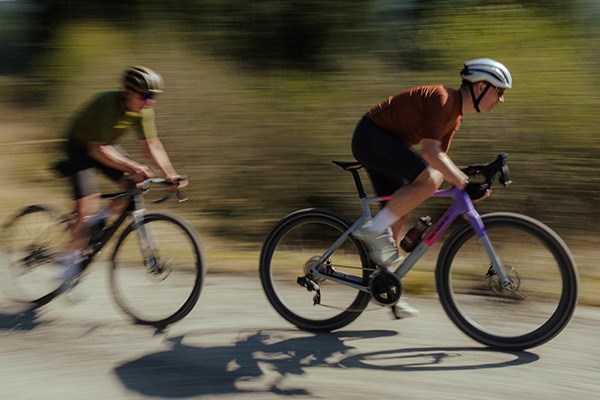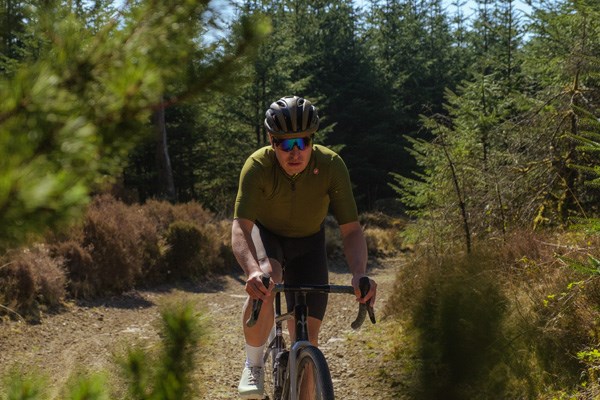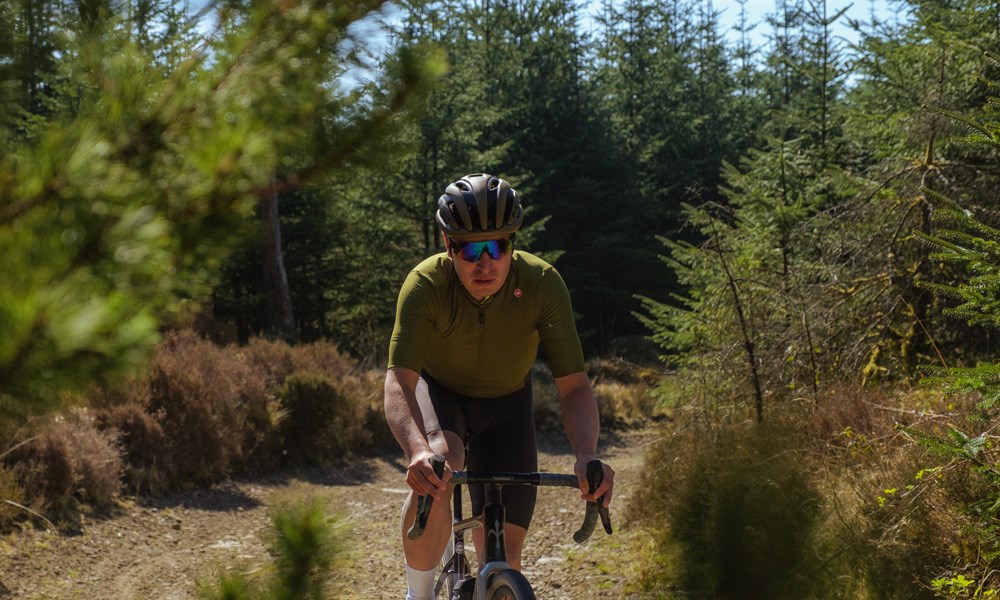Gravel riding combines the speed and endurance of road cycling with the rough terrain and unpredictability of mountain biking. Because of this hybrid nature, gravel helmets are specially designed to meet the unique demands of off-road adventures.
A gravel helmet typically blends characteristics from both road bike helmets (aerodynamics, light weight, and ventilation) and mountain bike helmets (extended coverage and durability).
Gravel Helmet Features
Extended Rear Coverage
Gravel cycling helmets feature extended rear coverage to protect the lower back of the head during off-road rides. Gravel terrain is unpredictable, with loose surfaces and technical descents increasing the risk of backward falls. This added coverage shields the occipital area, offering better protection than standard road helmets.
Despite the extra protection, these helmets remain lightweight and well-ventilated. Ideal for gravel adventures, bikepacking, or forest trails, they provide extra safety where it’s needed most, without compromising performance.
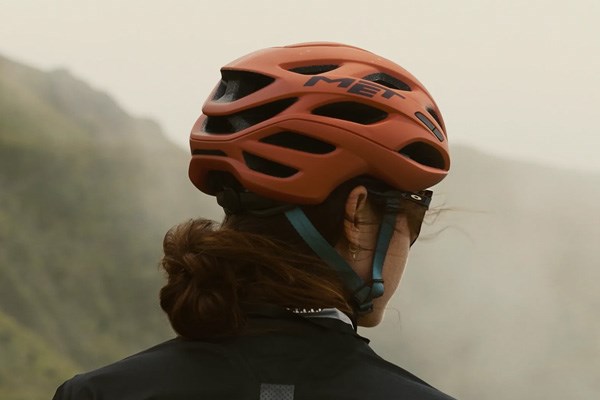
Ventilation
Designed to keep riders cool during long, demanding rides on mixed terrain, Gravel helmets feature large vents and internal airflow channels which help regulate temperature, especially at lower speeds where airflow is reduced. This is crucial for off-road adventures, where climbs and technical sections can cause heat to build up.
Effective ventilation not only improves comfort but also helps maintain focus and endurance. Gravel helmets balance airflow with protection, ensuring riders stay cool without sacrificing safety or coverage.
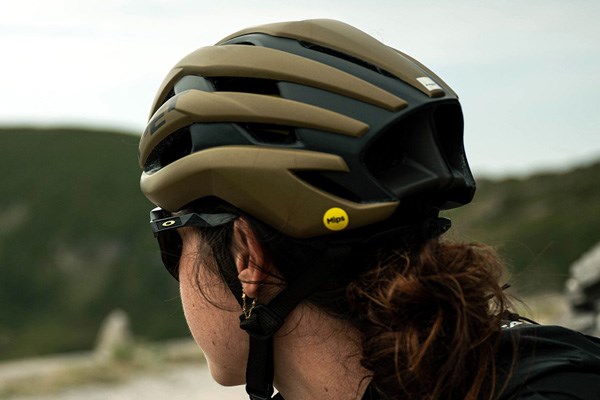
Lightweight
Much like Road helmets, Gravel helmets are lightweight to improve both comfort and reduce fatigue on long, mixed-terrain rides. A lighter helmet puts less strain on your neck and shoulders, especially during extended climbs or all-day adventures.
Despite their low weight, these helmets still offer excellent protection and features like extended coverage and ventilation. The reduced bulk improves airflow and agility, making it easier to move with confidence over technical ground. Lightweight design ensures you stay comfortable, focused, and better able to enjoy every ride.
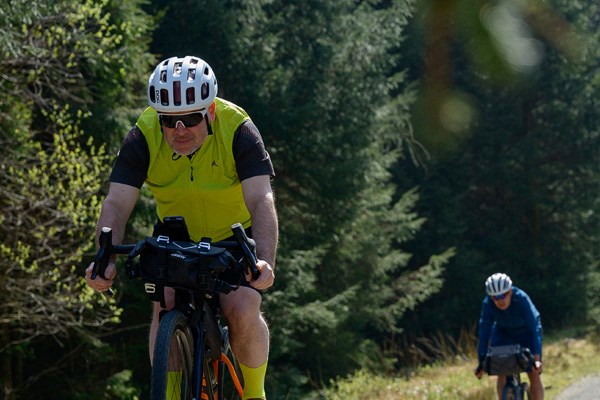
Aerodynamic
Gravel helmets share a lot of features with road helmets including aerodynamic designs. Making them ideal for the growing popularity of gravel racing, helping riders cut through wind efficiently on fast gravel sections and open roads. Sleek shapes reduce drag without compromising ventilation or comfort.
This aerodynamic edge can make a noticeable difference over long distances, saving energy and improving speed. For gravel racers, it means better performance, especially in competitive events or time-sensitive adventures.
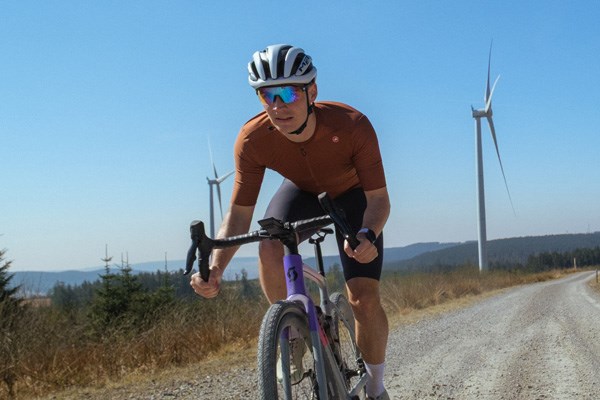
Styled for Adventure
These often feature a more subdued aesthetic, with earth-like colours such as forest green, sandstone, and matte greys. This natural palette complements the off-road environment, appealing to riders who prefer understated style over flashy designs.
The muted tones blend in with nature, aligning with the adventurous, exploration-focused spirit of gravel riding. Subtle finishes also hide dust and dirt better ideal for dusty trails. These helmets offer a stylish yet practical look that fits right in with gravel cycling’s laid-back vibe.
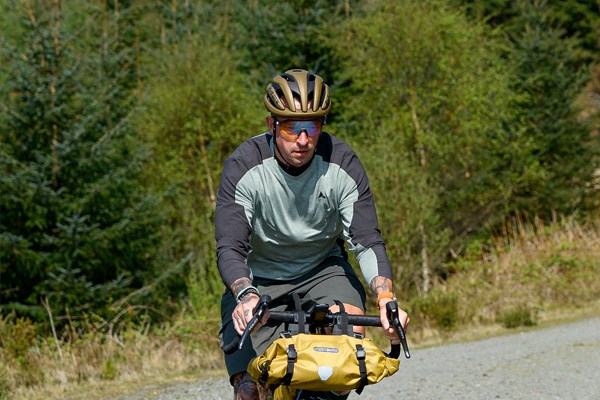
How Do I Choose the Right Size Helmet?
Finding the right size matters more than any feature, so it’s best to measure the circumference of your head and compare this with the correct size chart.
1. Place a flexible tape measure in the centre of your forehead.
2. Wrap around your head just above your ears.
3. Make sure the tape crosses the occipital bone (bump at the back of your head).
4. Check the size guide for the helmet you want to buy and pick the size that matches best.
Note: If you’re between sizes, it’s generally recommended to opt for the smaller size as it’ll be snug and offer a more secure fit.

What Type of Helmet Do I Need?
The right road cycling helmet depends on your riding style. For racing or riding fast go aerodynamic and lightweight. For endurance and club rides, prioritise ventilation and comfort. MIPS or similar rotational impact protection is a great safety upgrade. Ensure a snug fit and look for adjustable retention for all-day stability.
Bike Helmets Guide
If you're still unsure which helmet suits your needs, whether you're after extra protection, a visor for sun and rain, check out our Bike Helmets Guide below. It covers all helmet types, key features to look out for, and tips on getting the perfect fit.
